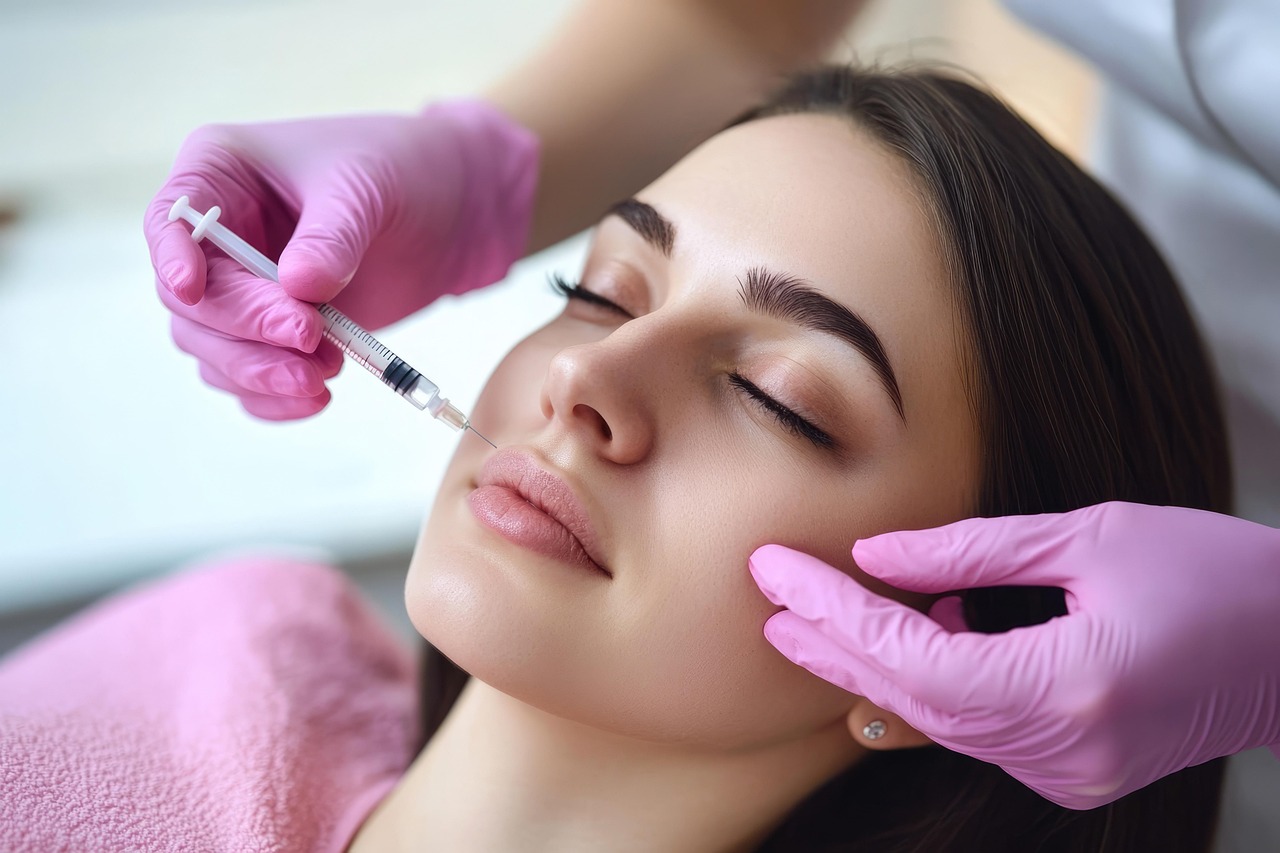Embracing the New Aesthetic: Juvederm and the Modern Face of Beauty
In a world where beauty standards evolve faster than ever before, aesthetic procedures play a significant role in shaping these trends. Among the numerous options available, a standout trend has been the rise of Juvederm, a leading brand of injectable dermal fillers. These fillers, made primarily from hyaluronic acid, promise to rejuvenate the face by restoring volume, reducing wrinkles, and subtly reshaping facial contours. This article will delve into the history, current relevance, impact, and reception of Juvederm, shedding light on why this treatment has become a favorite in the beauty industry.

A Historical Overview of Juvederm
Juvederm, developed by the global pharmaceutical company Allergan, was first approved by the U.S. Food and Drug Administration (FDA) in 2006. Its primary ingredient, hyaluronic acid, is a naturally occurring substance in our skin that helps retain moisture and maintain elasticity. However, as we age, the production of hyaluronic acid decreases, leading to the appearance of wrinkles and sagging skin. Juvederm was introduced as a solution to this problem, promising to restore lost volume and smooth out wrinkles.
In its early years, Juvederm was primarily used to fill nasolabial folds, more commonly known as smile lines. However, over the years, the application of Juvederm has expanded. Today, it has a range of products designed for different areas of the face including the lips, cheeks, and under the eyes.
Juvederm and the Current Beauty Landscape
In the last decade, non-surgical cosmetic procedures have seen a significant surge in popularity, with Juvederm as one of the leading treatments. According to the American Society of Plastic Surgeons, the use of soft tissue fillers increased by 3% in 2019 from the previous year, with over 2.7 million procedures performed.
The rise in popularity of Juvederm can be attributed to a variety of factors. The procedure is quick, minimally invasive, and requires little to no downtime, making it an attractive option for those seeking immediate results without the commitment of surgery. Moreover, the results of Juvederm are temporary, typically lasting between six months to a year, offering flexibility and control over one’s aesthetic appearance.
The Impact and Reception of Juvederm
The widespread use of Juvederm has had a significant impact on societal beauty standards. It has shifted the focus from drastic, permanent changes to subtle, temporary enhancements that aim to highlight an individual’s natural features. This shift has been well-received, with many praising Juvederm for promoting a more inclusive and modern definition of beauty.
However, as with any medical procedure, Juvederm has its critics. Some argue that the ease and accessibility of dermal fillers can lead to overuse, creating an unrealistic and homogenized standard of beauty. Furthermore, the procedure, while generally safe, carries potential risks such as infection, allergic reaction, and in rare cases, tissue death.
Juvederm: A Tool for Self-Expression
Despite the controversies, it is undeniable that Juvederm has provided a powerful tool for self-expression. It offers individuals the opportunity to manipulate their physical appearance in a way that aligns with their self-image and personal aesthetic preferences. This aspect of Juvederm represents a significant shift in the beauty industry, where beauty treatments are no longer viewed as a vain pursuit of youth, but rather, an empowering form of self-expression.
Conclusion
In conclusion, Juvederm has emerged as a key player in the modern beauty landscape. Its historical development, current popularity, and impact on beauty standards illuminate the evolving definition of beauty in our society. While it is essential to be aware of the potential risks and criticisms, the rise of Juvederm underscores a powerful shift towards a more inclusive and flexible understanding of beauty. As we move forward, it will be interesting to see how these trends continue to develop and shape the future of aesthetic medicine.





